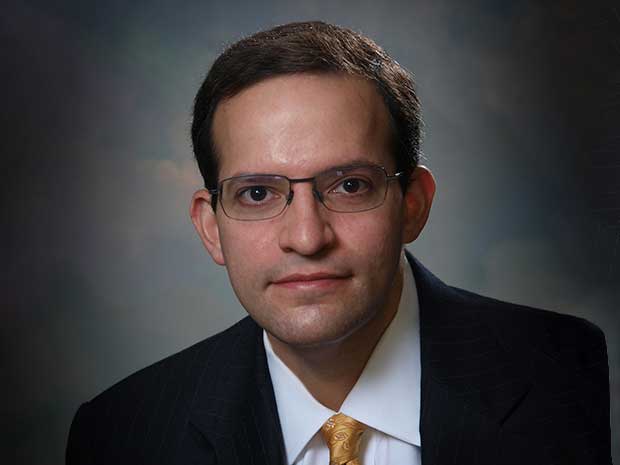On April 17, 2018, the U.S. Supreme Court (the Court) heard oral arguments in South Dakota v. Wayfair, the challenge to the sales tax physical presence nexus standard established through Quill v. North Dakota. In what is the first state tax nexus case of any kind to be heard by the Court in 26 years, arguments were well-attended by tax professionals, tax attorneys, revenue agency officials and a number of state tax policy groups. The eager attendees were not just interested in the parties debating the merits of their arguments, which have been well-documented by now, but more to gather any indication of how the Court may rule through the questioning of the parties.
The South Dakota attorney general kicked off the argument by explaining two modern consequences of the physical presence standard: 1) states are losing sales tax revenues required for education, healthcare and infrastructure, and 2) small businesses are being harmed because of the unlevel playing field created by Quill, where out-of-state remote sellers are given a price advantage – the advantage of not having to collect sales taxes.
Initial questioning by the justices focused on the technology costs of compliance with sales tax collection systems and a constitutional minimum for collection. Noteworthy, however, the questioning quickly turned to whether Congress would be the better medium to regulate remote commerce – a power authorized under the Commerce Clause of the U.S. Constitution.
Also of note, some time was spent on questioning Wayfair’s counsel on the number of taxing jurisdictions, which was stated to have increased to over 12,000 from less than half of that when Quill was decided. The discussion that followed focused on the relative investment for a small brick-and-mortar seller to comply with a large number of sales tax collection jurisdictions compared to that of a large internet seller with a more robust infrastructure and capacity to manage the myriad of tax compliance requirements. The question was raised whether those differences would be prohibitive for the small seller. Counsel noted once again that a congressional solution may be the better approach because Congress has the authority to create uniform standards allowing for more consistent sales tax collection by all types of remote sellers. Ultimately, however, the justices appeared fairly split on whether physical presence will survive.
With the oral arguments in the books, it becomes a waiting game for the decision – expected by the end of June, but likely will be issued earlier. A transcript of the oral arguments is available here.
For more information on Wayfair, our article, South Dakota v. Wayfair: What to know and how to prepare and reach out to your tax adviser to discuss steps you can take now, before the decision comes down.



